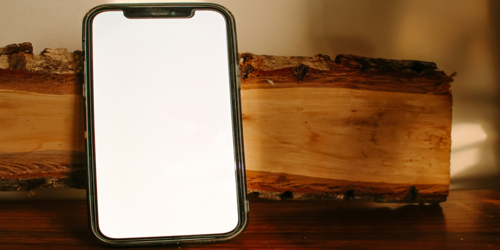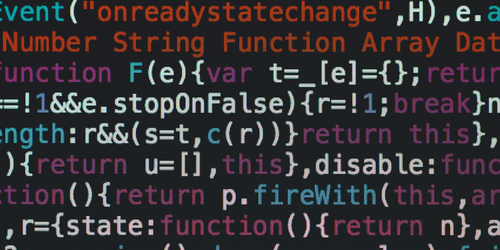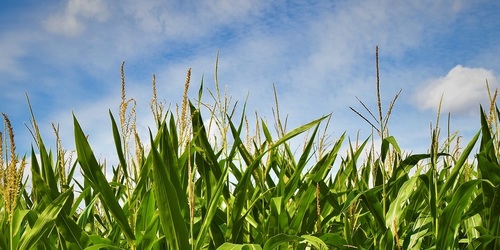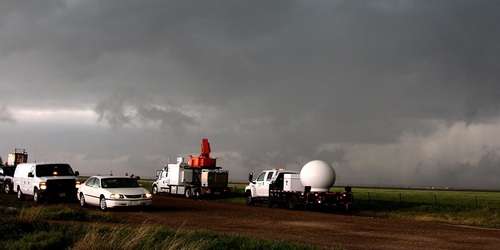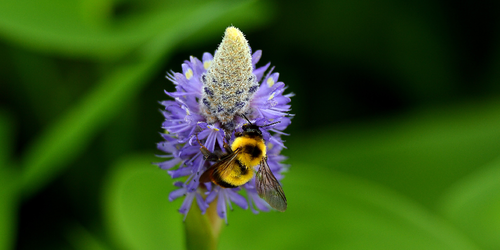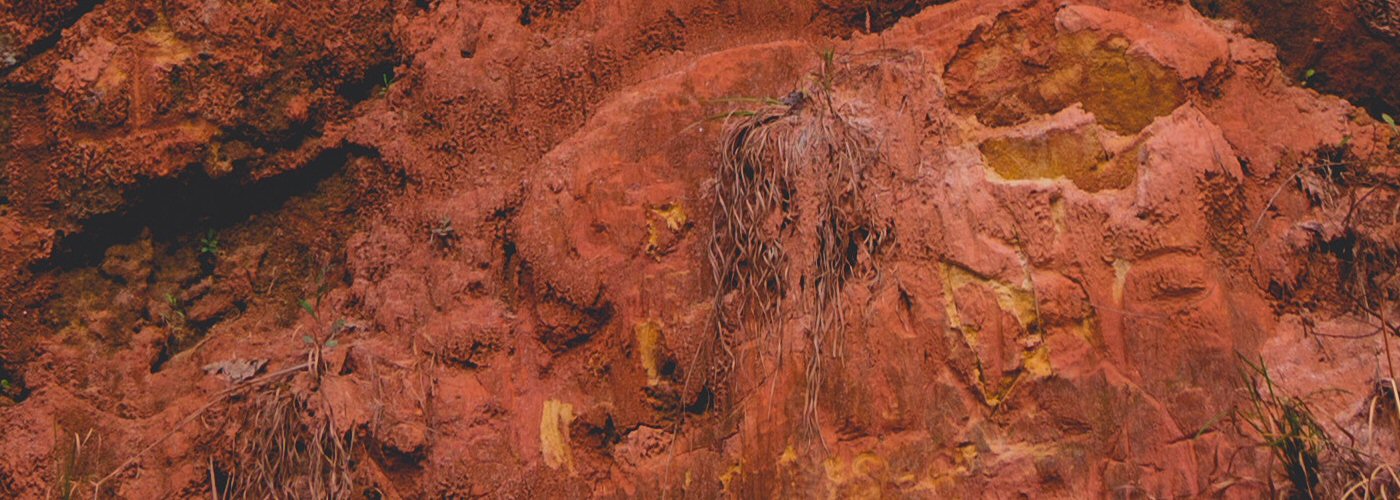

Along the riverbanks in Portugal's Côa Valley are numerous drawings of wild horses and aurochs, which is defined as the common ancestor to all domestic cattle breeds. These were drawn by Paleolithic hunters tens to thousands of years ago. The drawings were found in the 1990's and actions were taken to keep them protected. A cattle breeder trained in ecology, named Ronald Goderie, has taken on the project to reintroduce aurochs to the Côa Valley. How can this be possible if they have been extinct for thousands of years?
Goderie is working with geneticists and ecologists. Together, they are "back breeding" modern cattle and giving them traits of the ancient auroch. This includes horns and stripes on their back. He has numerous of these "auroch-type" animals and is introducing them into landscapes where the aurochs once roamed. This may seem like a crazy idea, but in fact, there are positive ecological reasons for bringing back the aurochs. Agricultural land in Europe is being abandoned on a large scale, and natural grazing is one of the main impacts to preserve biodiversity, Goderie says. He thinks these animals will help do the job. Other breeders have taken on this "back breeding" of the animal, such as a Germany conservation organization, which has more than 100 of their own faux aurochs in various nature reserves in northwest Germany. The drawings of the ancient cattle are not only found in Côa Valley, but also found in a cave in France, where it is believed to have been painted 30,000 years ago. It is depicted of having bulging muscles and large twisted horns.
The aurochs were found mostly in Europe, Asia, and Northern Africa. As humans increased in population, they hunted the animal. The last of the aurochs were recorded in 1627, and then declared officially extinct. Goderie now has about 500 of these animals at various stages of life. They live everywhere from Côa Valley to the mountains of Croatia.
